Things often take an unexpected turn in DeAnna Knippling’s stories, and One Dark Summer Night is no exception. In this book she’s created a dark, intriguing world with fairies who are more complex than they first appear.
One Dark Summer Night is available for a limited time in The Realm of Faerie bundle.
Enter the Realm of Faerie, a world of beauty, danger, and enchantment. But remember the legends if you want to make it back home again…
Excerpt
They walked up to the bags of books. Della Rae picked up one bag, and the new guy picked up the other. Merc played out a length of shoelace, about two feet worth. The three of them walked along the broken road like they were in the Wizard of Oz.
Missing a fourth, Della Rae thought. I’m Dorothy, that’s the Cowardly Lion, Merc’s the witch…
But that wasn’t right, either. She squeezed the guy’s hand. I still don’t even know his name.
“Craig Miller, Jr.,” he said. As if he were reading her mind.
“Your name?”
“Yes, ma’am. And you are?”
It was a pleasant low voice with a Midwestern accent, more or less like Merc’s.
“I’m Della Rae Painter.”
“I’m Elizabeth Mercury. Call me Merc. And her name’s Doc, not Della Rae. Remember that.”
Della Rae had hoped she had forgotten.
The sun was setting behind them; the sides of the road, still thick with mist, were now filling up with shadows. The oranges were turning to reds, then deep purples.
The further they walked, the crazier it seemed. Her legs were tired, her mouth dry as a bone. The sides of her lips stuck together. She was drying out.
“Where was that?” she asked.
Merc said, “The bridge to fairy.”
Della Rae closed her eyes and looked back and forth under the lids, trying to ease the soreness underneath them. It wasn’t just dry out here, it was dusty, too. “The what?”
“I’ll tell you at Betty’s,” Merc said. “This town. About the most normal place you could ever be, right? But it’s not. There’s a way to get from here to the other side—to a different dimension, more or less. But the bridge only opens from the other side. At least as far as anyone has ever figured out.
“You don’t want to walk off the end it when it’s broken in half, either. Trust me about that.”
—from One Dark Summer Night by DeAnna Knippling
The Interview
One Dark Summer Night is the first book in your series A Fairy’s Tale, which is a collection of stories about the fae who came from another dimension to work on engineering the perfect changeling. How did you come up with the premise for this world?
A short story was due and it got out of control…?
So I was hankering to write something dark that involved the fae, and I knew I needed to come up with a series concept that I could live with (I hadn’t written an adult series before at that point). Once I got past the emergency freakout point of having the short story explode into a novel, I started expanding the world and the characters in it.
But the beginning came out of “OH CRAP NOW WHAT?” and I turned toward books that I loved for ideas. One of my favorites is Pamela Dean’s Tam Lin, which is a book about the legend Tam Lin, only set in a college in the ’80s. So I went, “I’m going to raid my past for my own college book with fairies,” and it kind of grew from there. A lot of the characters are people I knew back then.
Why did you decide to open each scene in all of the tales in this series with a quote from Shakespeare?
As an English major, I somehow ended up avoiding most of the other English majors like the plague. They were Raymond Carvers in spirit, and I was a Kate Bush. I gravitated toward the theater department, which was awesome, and had a theater teacher and director who loved Shakespeare so much that he got married on Shakespeare’s birth/death day, April 23. I went to this magnificent production of A Midsummer Night’s Dream one year and never recovered. It was just part of the culture.
What do you find intriguing about the mythology of the fae?
Okay, so…I love the way that they’re really dead people. Like, their sites are really the old sites of prehistoric Britons, and some of the sites are burial mounds. The name sidhe just means “mounds.” I grew up with Grimm’s Fairy Tales, but I really got into them more when I read William Butler Yeats’s Irish Fairy Tales, where it becomes even more obvious that tales of the fae are about disease and death.
What gets me now, decades later, is that the prehistoric folk, the ones who lost against the Celts and other people who swept across Britain, are portrayed as the foreign, the strange, the seductive, the deadly. They lived somewhere else and they were the other. I feel like they get taken for being the “safe” monsters too much of the time and should be able to get their licks in, even if they do get wiped out eventually.
All of the stories (so far!) in this series are set in the Midwestern U.S., as are quite a few of your other stories as well. Why do you set so many stories in this part of the country?
I grew up there and am trying to process my roots. (Which makes it sound like I’m bleaching my hair, doesn’t it?) While I’ve moved around a bit, it was in the same general part of the country, until I moved west to Colorado. I’ve only just recently started putting Colorado into my stories.
You’re a co-editor of Amazing Monster Tales, an anthology series with (obviously) a monster theme. There are some pretty monstrous creatures in your fairy series. What do you enjoy about writing stories with these kinds of characters?
I’m not sure. My very first novel had monsters in it, and the fae, and a whole lot of other supernatural elements. My earliest stories were about myths and monsters. For a long time, I had to be restrained from putting monsters in everything. It probably goes back to something I’m trying to deal with, or at least at first it did. Hm…I write about bullies a lot. I was bullied as a kid, and into adulthood as well, and I regularly had stalkers, like, one new one per year, until I hit middle age.
(Which always made me go, “Why pick me???” I think I only make a third- or fourth-rate stalkee, at best.)
So maybe monsters is just how I dealt with that.
You love Alice in Wonderland so much that you named your publishing company Wonderland Press. 🙂 You’ve written several books with this theme already—two novels in your Alice’s Adventures in Underland series (Wonderland with zombies), and The Clockwork Alice (Wonderland with steampunk). What’s next?
Oh, I wrote a short story about Alice, too, for Penumbra magazine, in 2014. It was a horror story.
I feel like Alice is one of the first characters I read that I really related to, as she gets dragged through a bunch of surreal situations that the other characters all treat as perfectly normal. But I feel like—and I’m kind of doing an internal check here—that I’ve said what I desperately needed to say about that. Content.
Who knows, though?
In addition to writing your own stories, you’re also a ghostwriter! What’s the most interesting thing you’ve learned from ghostwriting?
There is no such thing as writer’s block. There is a constellation of reasons writers get stuck, and they have to be treated individually, and not as one uniform disease.
You’ve written stories with many different styles, and have written across genres: fantasy, horror, mystery, middle grade, and more. Is there any type of story that you haven’t written yet, but would like to?
I want to do more romance at some point. I’m thinking about including romance plots as the–sorry, total side note–main plot points for a series of Gothic novels that I’m planning, set in a fictional European spa in the late 1800s, and inspired by the Bohemian Gothic Tarot. There’s an overall plot that isn’t romance, but I’ve been struggling to figure out the plot for the individual books. But if each book revolves around a different romance, that should work out nicely.
What are you working on now, and what’s fun about what you’re writing?
I’m writing this in early October. By the time this post goes live, I should have just finished a flash fiction challenge for a crime story a day (Crime du Jour) on my website, for my mystery pen name, Diane R. Thompson, and started either a Gothic horror novel set in 1816, which was the year that Mary Shelley wrote Frankenstein, or a SF noir about a near-future detective finally undergoing therapy after having been the victim of a serial killer, although he didn’t quite manage to get killed. I’m running behind, so the projects I had scheduled are backed up.
The fun part about writing these flash fiction things is going from idea to execution to edits to posting in the same day. I have to remind myself that there’s no such thing as writer’s block at least once a day.
About DeAnna
DeAnna Knippling is always tempted to lie on her bios. Her favorite musician is Tom Waits, and her favorite author is Lewis Carroll. Her favorite monster is zombies. Her life goal is to remake her house in the image of the House on the Rock, or at least Ripley’s Believe It Or Not. You should buy her books. She promises that she’ll use the money wisely on bookshelves and secret doors. She lives in Colorado and is the author of the A Fairy’s Tale horror series which starts with By Dawn’s Bloody Light, and other books like The Clockwork Alice, A Murder of Crows: Seventeen Tales of Monsters & the Macabre, and more.
Find DeAnna
Website ~ Facebook ~ Pinterest ~ BookBub ~ Amazon ~ Twitter ~ Goodreads
Find The Realm of Faerie bundle!
This bundle is available for a limited time at StoryBundle.com/Fantasy.
Bundle buyers have a chance to donate a portion of the purchase price to the charities Mighty Writers and Girls Write Now!
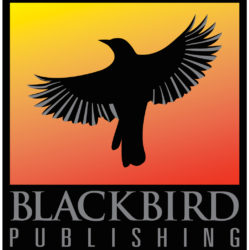
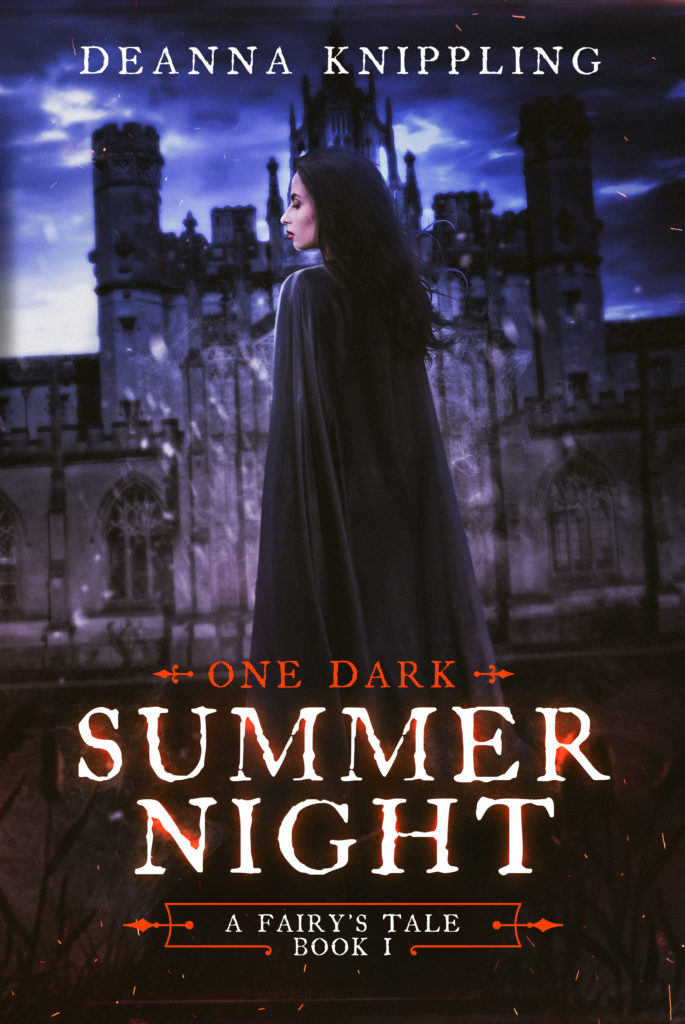
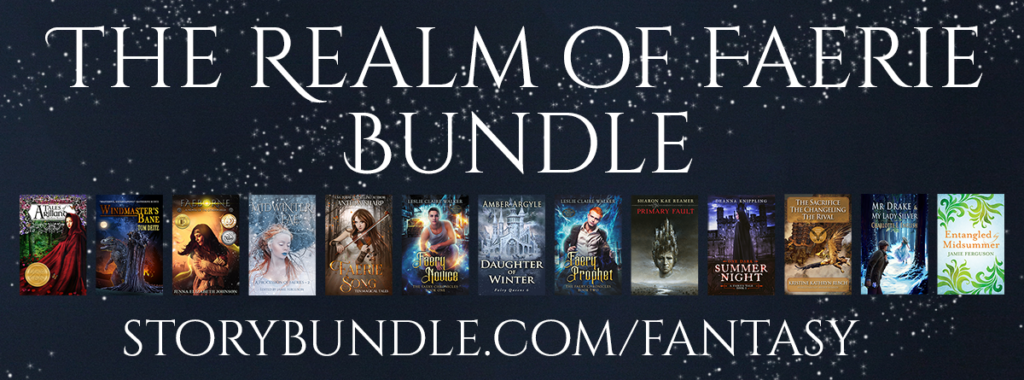

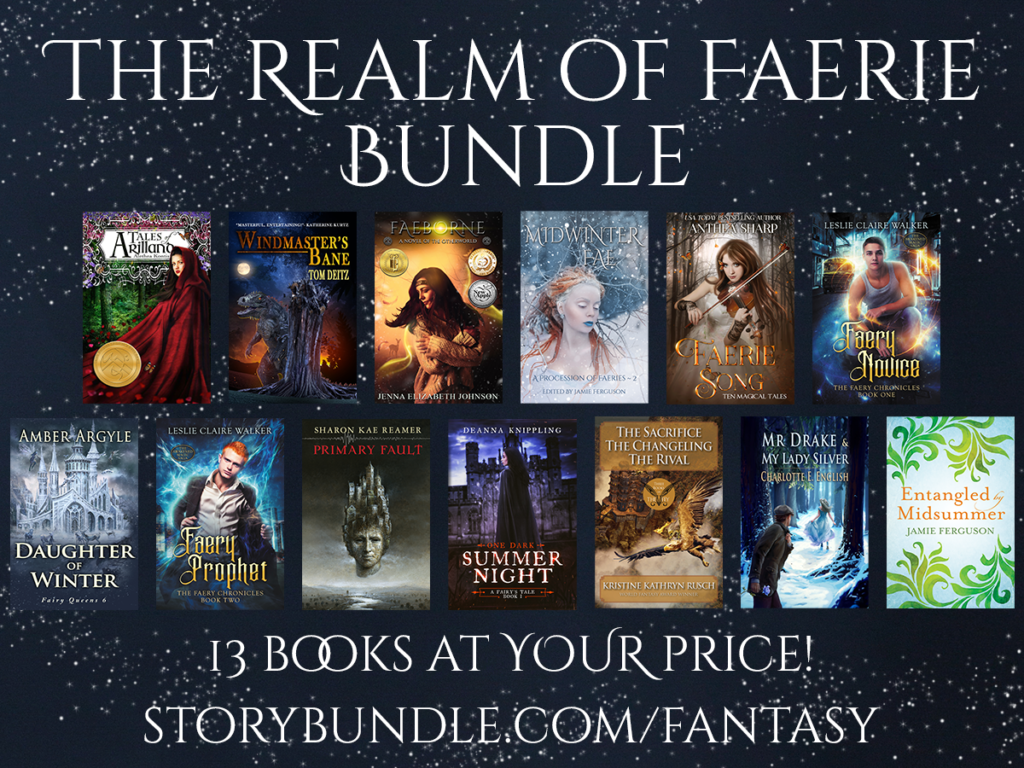

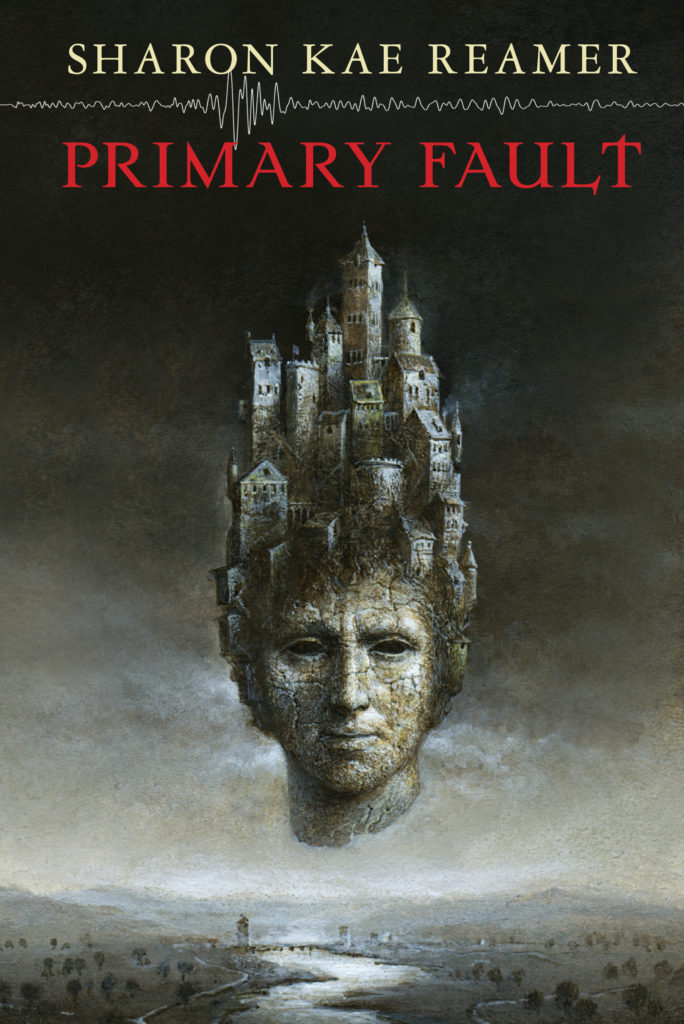

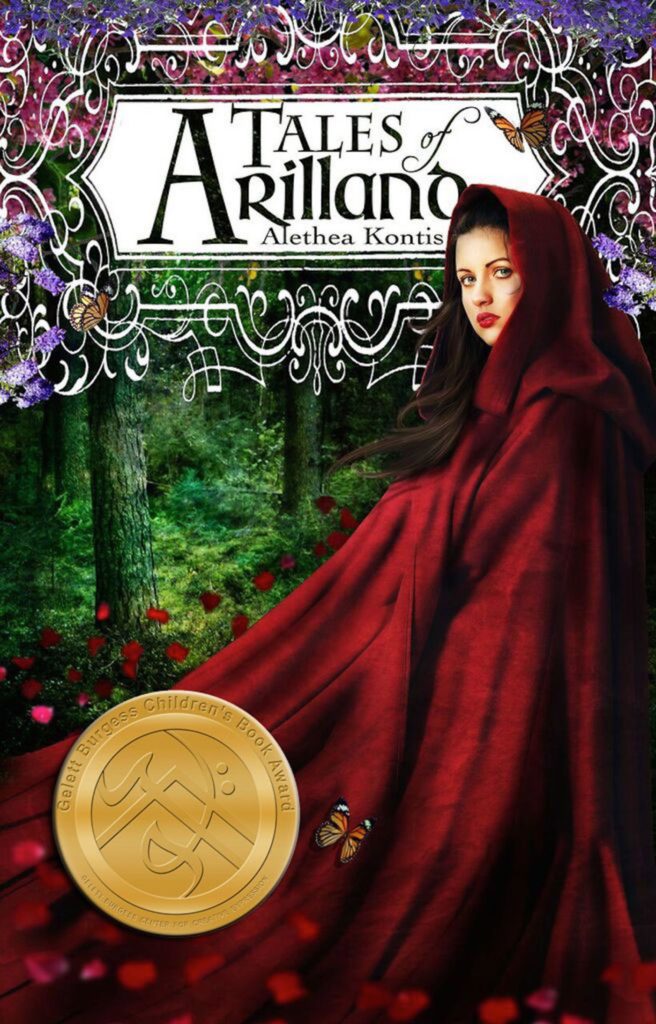
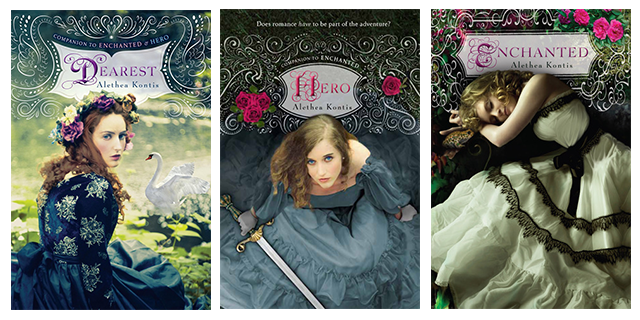
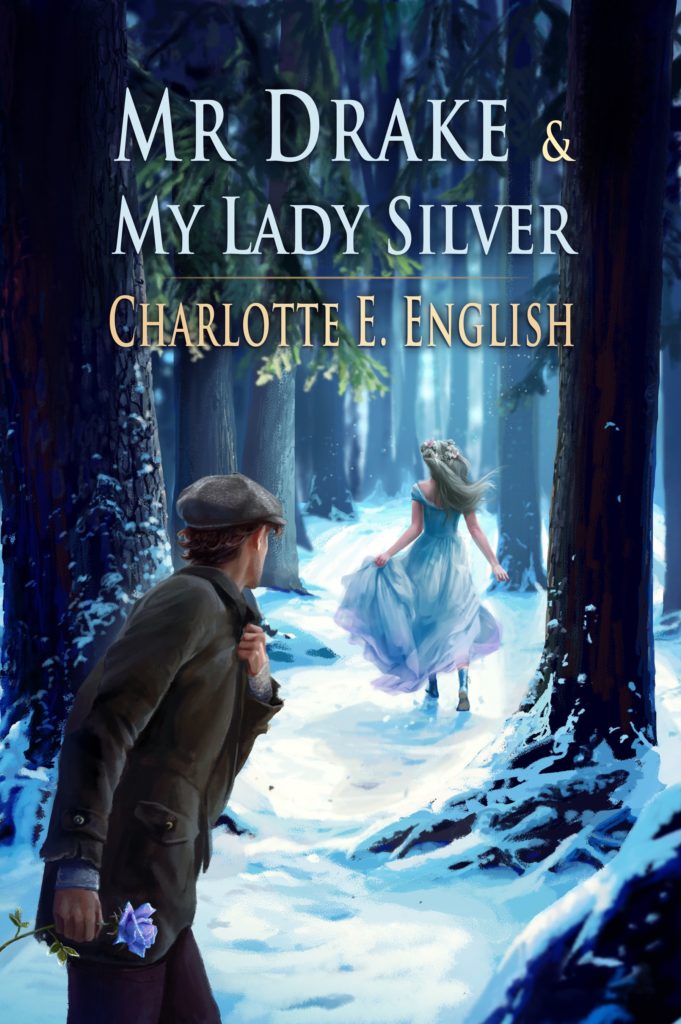

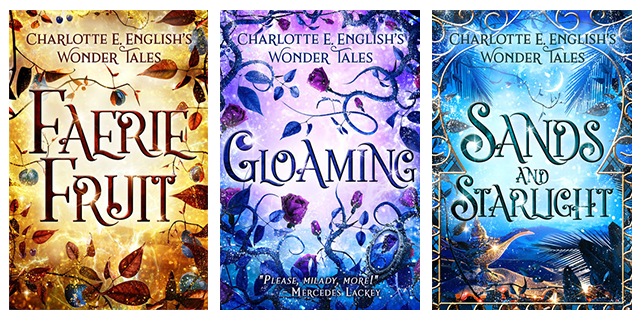



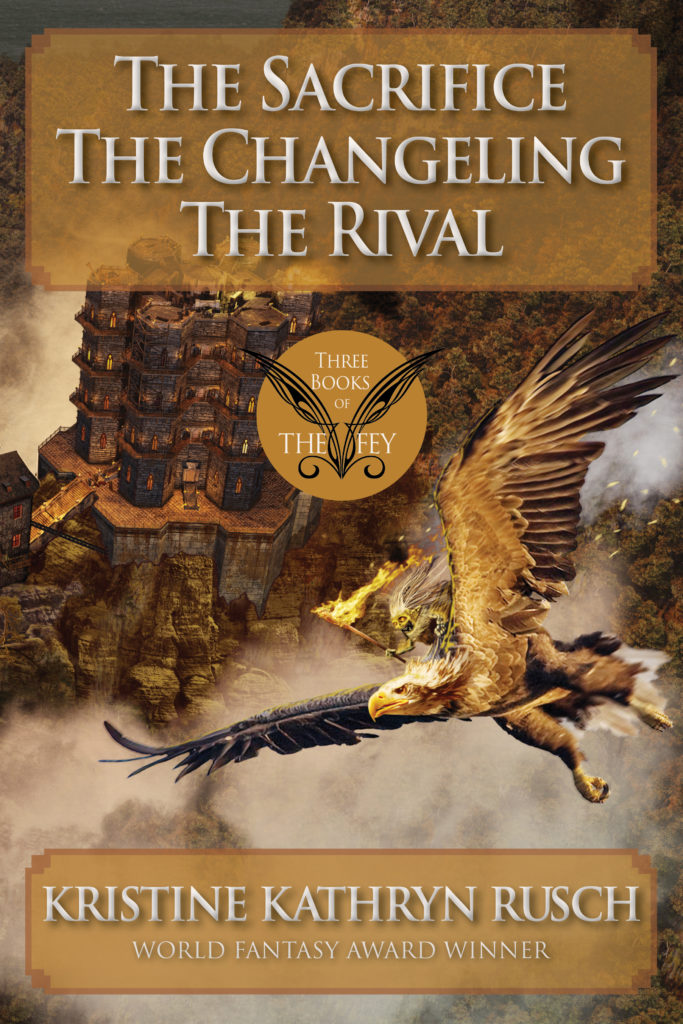
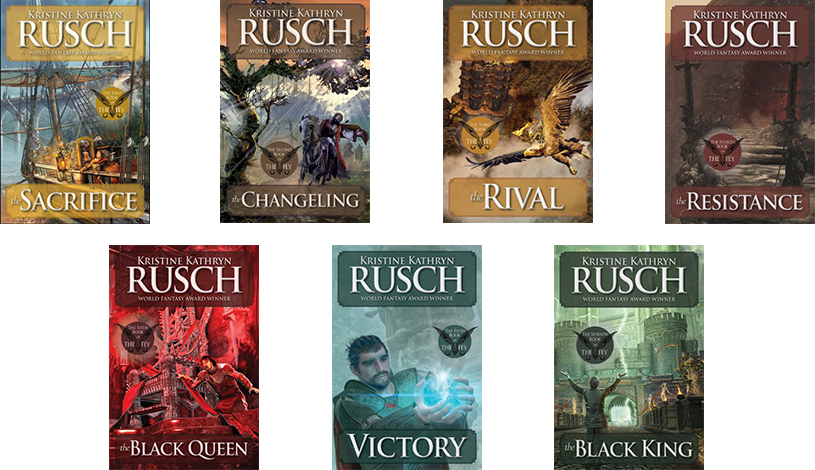
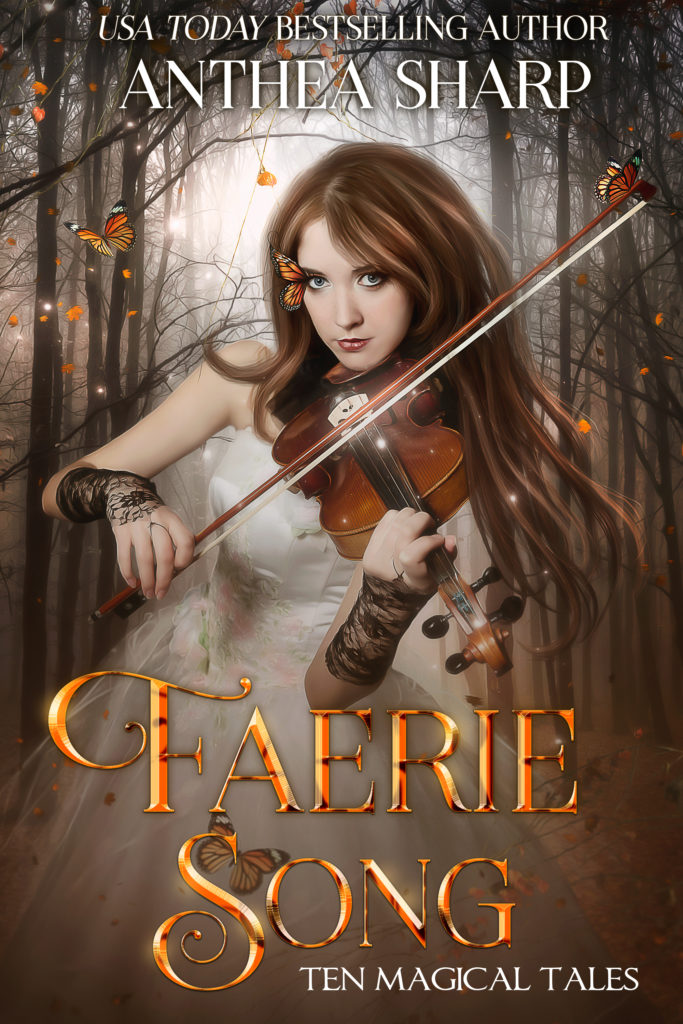
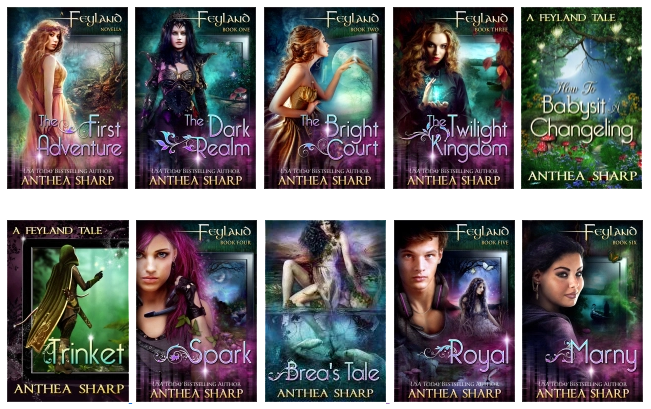
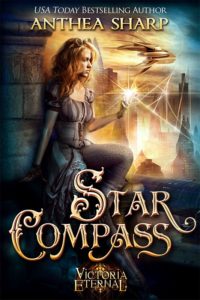 I describe it as Oliver Twist meets Firefly – a future set alt-history where the British Empire stretches across the galaxy, ruled by sequential cloned Queen Victorias. This allows me to indulge my love of the manners and mores of the Victorian era with the thrill of space travel and adventure. Star Compass follows a mathematically gifted orphan as she rises from the slums to the stars. And, as with most of my books, there’s a touch of romance along the way. (Sidenote: I also write Victorian-set historical romances under the twice-RITA-nominated pen name
I describe it as Oliver Twist meets Firefly – a future set alt-history where the British Empire stretches across the galaxy, ruled by sequential cloned Queen Victorias. This allows me to indulge my love of the manners and mores of the Victorian era with the thrill of space travel and adventure. Star Compass follows a mathematically gifted orphan as she rises from the slums to the stars. And, as with most of my books, there’s a touch of romance along the way. (Sidenote: I also write Victorian-set historical romances under the twice-RITA-nominated pen name 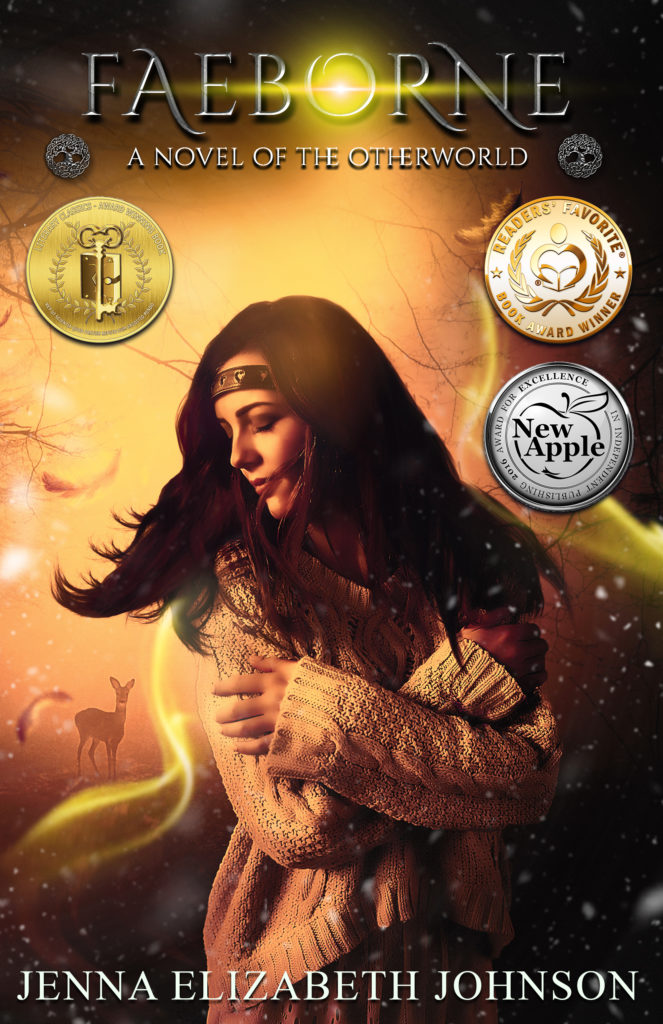
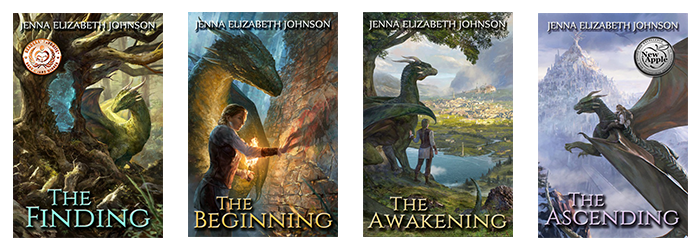
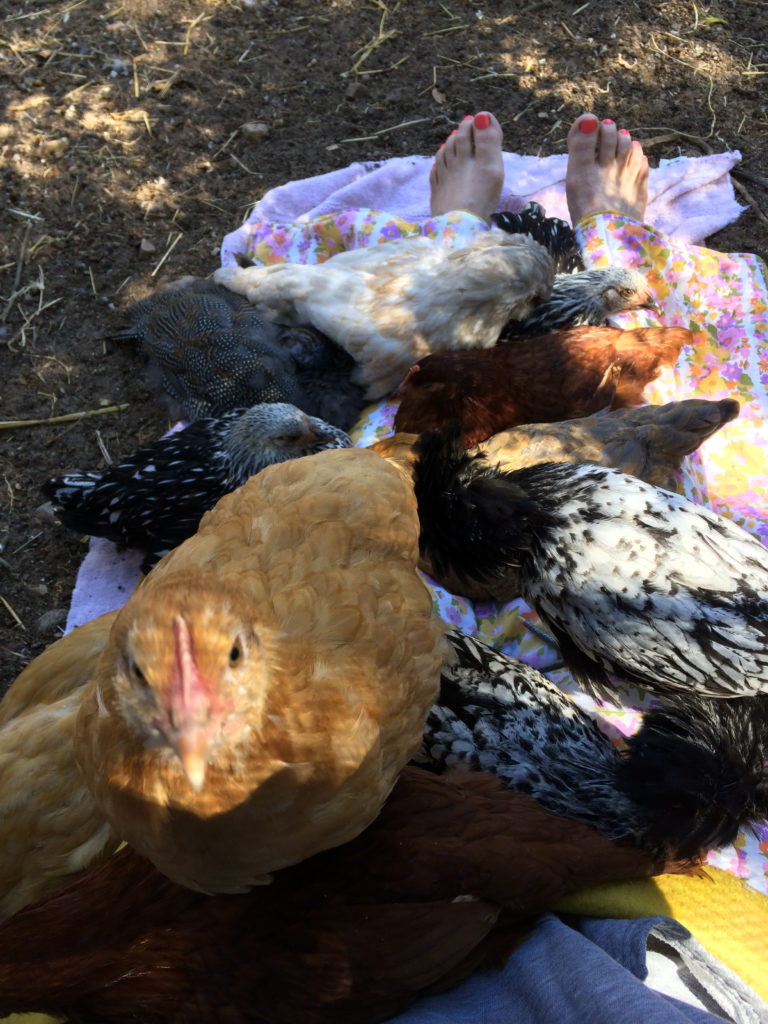 Oh, boy. How much time do you have? Ha ha, just kidding! For those of you who follow me on social media, you also know I’m a chicken mom. I love my chickens and all chickens in general. Some people may call me crazy, but honestly, who wouldn’t want to have a flock of modern-day velociraptors at their beck and call? Most people might think chickens are stupid and flighty, but if you spend any time with them at all, you’ll realize they are all individuals with their own personalities and outlook on life. And they are just so adorable and there is nothing more enjoyable than raising the little fluff balls from day one until adulthood (and nothing more stressful for those of us who take it a little too seriously).
Oh, boy. How much time do you have? Ha ha, just kidding! For those of you who follow me on social media, you also know I’m a chicken mom. I love my chickens and all chickens in general. Some people may call me crazy, but honestly, who wouldn’t want to have a flock of modern-day velociraptors at their beck and call? Most people might think chickens are stupid and flighty, but if you spend any time with them at all, you’ll realize they are all individuals with their own personalities and outlook on life. And they are just so adorable and there is nothing more enjoyable than raising the little fluff balls from day one until adulthood (and nothing more stressful for those of us who take it a little too seriously).